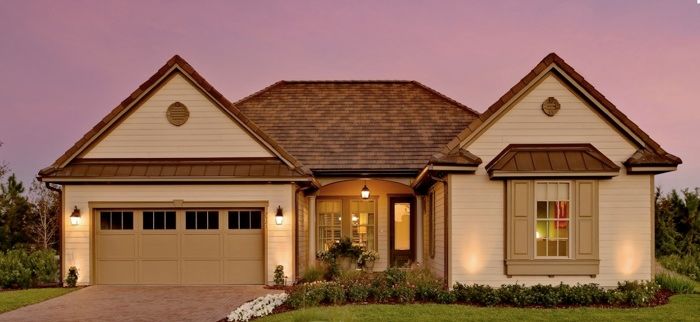
Last summer, Whirlpool Corp. and Habitat for Humanity International posted a press release on the results of a survey focused on consumer perceptions about green building and affordability. Basically, most respondents in the survey sample, which represented all income levels, thought green-home features were sometimes worth the added time and cost, although relatively few believed green homes were actually affordable enough for them.
Last week, the results of a follow-up survey, which, like the one mentioned above, was conducted by the NAHB Research Center, found their way to the Internet, only this time the questions focused on consumer and homebuilder perceptions of green construction. Most respondents said they believe that less than 25% of their current residences could be considered green; 34% of consumers said a green home is one that reduces energy and/or water consumption by a significant amount; and 23% said the term “green home” is appropriate only if the entire home is green.
Builders had a similar take on energy efficiency: 35% of them consider it to be key to the notion of a green home, although another 35% considered a home green only when built to third-party certification standards.
Making financial sense of green
While the use of construction materials that are salvaged, recycled, nonpolluting, and low-VOC is typically among the top goals of green building programs – along with waste-reducing construction techniques – energy efficiency catches consumers’ attention because it can both reduce their homes’ operating costs and increase interior comfort.
Habitat, whose mission is based on affordability, naturally does what it can to control costs through its volunteer labor force and donor partners (including Whirlpool), but that hasn’t precluded it from moving aggressively to incorporate green building priorities, with some of its projects earning LEED for Homes certification and some even striving to meet the rigorous Passivhaus performance standard for energy efficiency.
Of course, the marketability of affordable green construction has attracted attention from all parts of the industry, including production builders, who are as likely as any to find ways to bring costs down and bring green building precepts – especially those aimed at energy efficiency – into the mainstream.
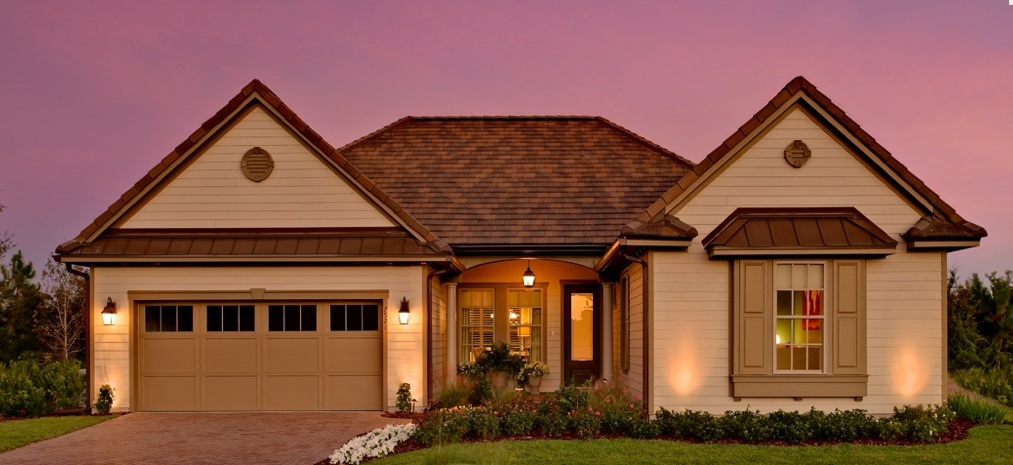
The KB Home GreenHouse, a prototype that touts energy efficiency and other green features.







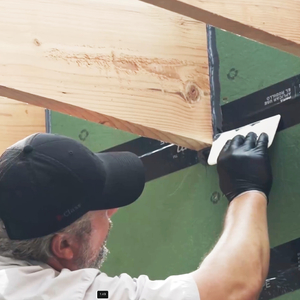




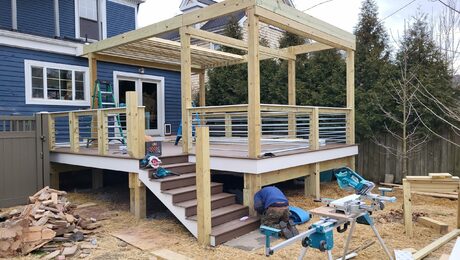

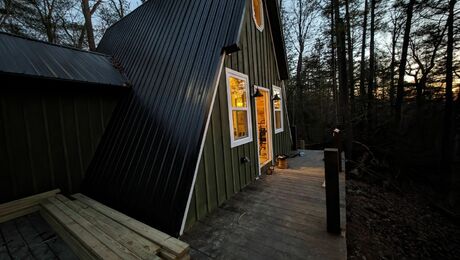










View Comments
For the ultimate in green buildings, check out Earthship Biotecture. Radically Sustainable Buildings. http://www.earthship.com